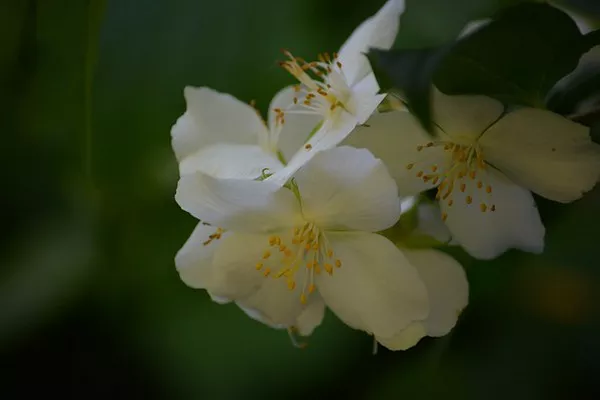An international team of botanists, spearheaded by researchers at the University of Vienna, Austria, has delved into the morphological intricacies of fossilized flowers, comparing them with their contemporary counterparts. Their findings, published in the journal New Phytologist, reveal that flowering plants exhibited a remarkable array of flower types shortly after their emergence in the Cretaceous period, surpassing the current diversity observed in the plant kingdom.
Flowering plants, or angiosperms, boasting a staggering 300,000 species, dominate the plant kingdom today, having made their debut over 140 million years ago during the reign of dinosaurs. The researchers focused on unraveling the mystery of floral evolution over time and across lineages, exploring the relationship between past and present floral diversity.
Marion Chartier from the University of Vienna’s Department of Botany and Biodiversity Research notes, “Interestingly, it turned out that the Early Cretaceous flowers were on average more different from each other than today’s flowers, even though there are many more species of flowering plants on Earth today.”
In collaboration with the National Autonomous University of Mexico and the Botanic Gardens of Sydney, Australia, the team meticulously examined 30 floral characteristics in 1,201 living and 121 fossil angiosperms. This extensive analysis aimed to shed light on patterns of floral evolution, presenting a snapshot of the past diversity captured in fossilized flowers.
Andrea López, co-leading author from the National Autonomous University of Mexico, underscores the significance of their results, stating, “Our results are fascinating because we only know a relatively small number of flowers from the Early Cretaceous, but this small number showed more variability than a thousand living species sampled for the study.”
The study identifies a similar evolutionary pattern in flowering plants as seen in certain animal groups, such as dinosaurs and fish. Dr. Maria von Balthazar from the University of Vienna suggests that the flexibility in floral organization during the early evolution of flowering plants may have facilitated the adaptation to various pollinators and fruit dispersal mechanisms.
The groundbreaking dataset used for this study was made possible by the eFLOWER project, coordinated by Hervé Sauquet of the Botanic Gardens of Sydney and Jürg Schönenberger of the University of Vienna. Schönenberger emphasizes, “Our analyses clearly show that the morphological diversity of a given group does not necessarily correlate with species richness of that same group.”
The research team not only uncovered the early diversity in flower morphologies but also revealed certain combinations of features that were theoretically possible but apparently never realized by evolution. Additionally, they noted the independent emergence of some particularly successful flower types, providing valuable insights into the intricate evolution of flowers.
Dr. Susana Magallón from the National Autonomous University of Mexico expresses excitement about the results, stating, “Our study opens up a new perspective and clearly shows that fossils are crucial to understanding the evolution of flowers.” This research marks a significant step toward unraveling the mysteries of ancient blooms and their enduring impact on the rich tapestry of floral diversity.


